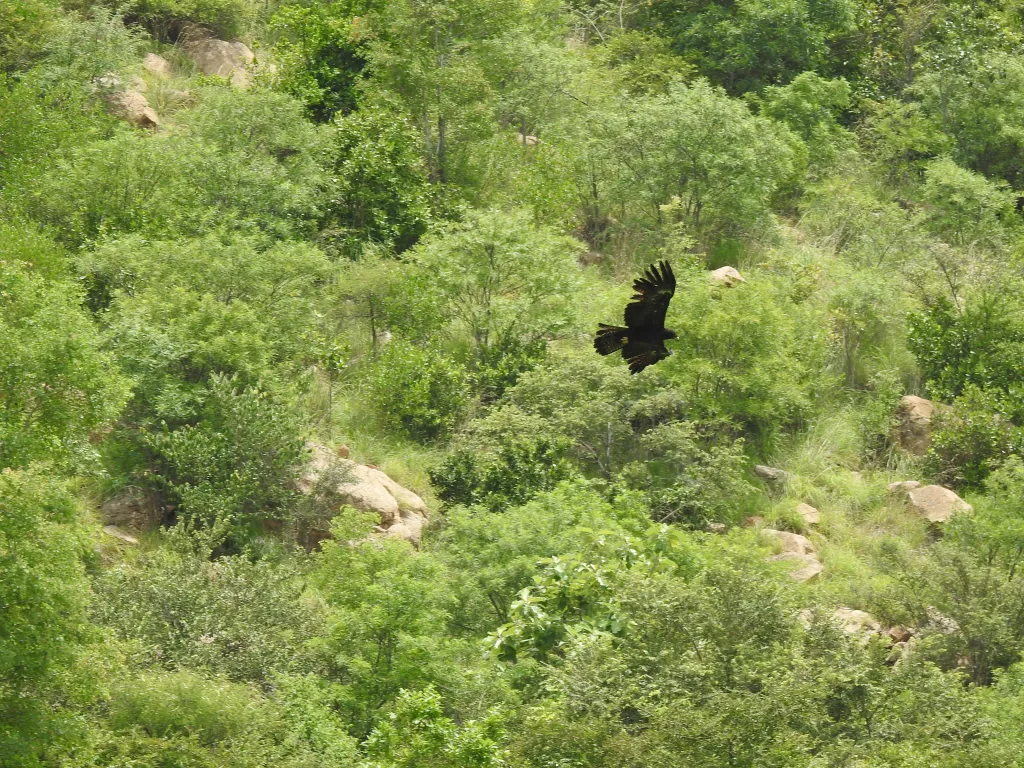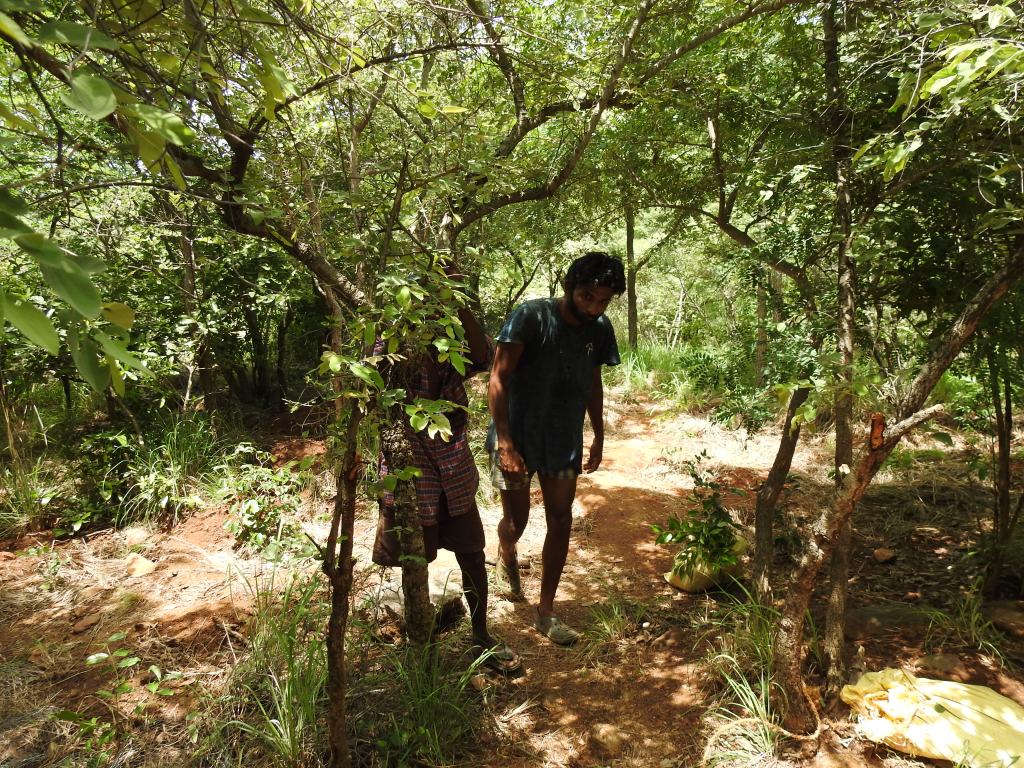A Tree Planting Update
I begin this post with an apology. I have posted only sporadically this past year, and the reason is not Covid as one might think. No, it’s simply that writing repeatedly about environmental, social and energy topics over the past several years, it seems like every little bit of progress on any of these fronts is wiped out by news headlines on events in politics, business or the weather. The actions any of us take to combat these developments always seem like too little and too late, so I learned to accept one possibility: that the world as a whole will not wake up to action until the planet is undoubtedly, unequivocally in peril; and then everyone will come together and frantically decide on measures that could have, should have, been taken decades ago. The Covid pandemic is a case in point; and the recent spate of droughts, wildfires and floods in many countries is another.

So here we are finally at a point where the world is waking up and ready to take action. At this juncture I would like to highlight the work of a small community of people working in a small village near the town of Tiruvannamalai in South India who have been working and learning and teaching and playing and planting in exemplary fashion for the past decade and more. Today, instead of writing my own blog, I’ve decided to simply post their tree planting update with photographs. I hope you find their post as inspiring as I did. Read on below:

Dear friends,
Greetings from Tiruvannamalai.Hope you are all doing well. We have been blessed this year to receive lots of rain from June itself and we have been actively involved in this season’s tree planting. We have completed the planting of more than 8000 trees in 7 locations which include 4 Eri bunds and upper slopes, on the hill, in the plains around the hill etc. We will be continuing the work in the weeks to come.
This year’s planting has had a different focus. One of the senior members of our team Shyam, attended an ecology course on native trees in Auroville and came back with a passion for evergreen tree species of the Eastern ghats. We have always planted indigenous trees of this region and over the years our nursery has produced more than 180 native species. While we continue with the same we have brought special focus on the Evergreens.
Here is Shyam’s brief write up on the evergreen patch:
The idea to have an evergreen patch came from most trees on the hill being deciduous and the hill looking quite barren in summer. Plus our recent planting places mostly had some tough evergreens surviving as most deciduous species are heavily grazed by deer leaving them stunted, to grow back to only be stunted again grazing. ( One of the outcomes of our successful afforestation has been the sharp rise in spotted deer population) The evergreen species are fast disappearing as more and more forests are being destroyed, so to find a home to these species was enticing and is very critical for the survival of these species. Many of them are already on the Red list of the IUCN. Obviously the dream is to imagine an evergreen canopy sometime in the future that may be our children will walk around even in summer times. So the idea was to plant tough faster growing evergreens that will eventually provide the conditions for other species usually found in more mature forests to grow in and eventually regenerate. We also tried planting a small number of saplings of species that were non-existent on the hill in an effort to introduce them. These were planted in selected places with good soil and canopy conditions hoping to maximise their survival chances.
Various strategies were tried out to improve their survival chances and to aid faster growth to clear the height the deer can reach, some are 1. Selecting a place with good soil and canopy cover conditions 2. Digging deeper pits and filling them back with a compost + top soil mix which helps with better moisture retention and root penetration 3. Making tree guards for few saplings of newly introduced trees that are prone to grazing 4. Making bunds with rocks from around to help with water percolation, top soil piling up from upper slope 5. Planting in direct/partial sun or even in very shaded spots based on their preferred growing conditions 6. Planting some taller saplings in bigger bags for species that need a tree guard as the bigger root systems will help them grow faster past the grazing height
We have planted around 700 saplings in this section so far. Around 90 saplings belong to species that aren’t found on hill at any stage and around 500 belong to species that preexist on the hill in a sapling stage.
Here are the names of some of the species :
Aglaia elaeagnoidea
Drypetes sepiaria
Diospyros ovalifolia
Drypetes porteri
Diospyros chloroxylon
Chionanthes zeylenica
Chionanthes ramniflorus
Neolitsea scrobiculata
Pleurostylia opposita
Streblus asper
Memecylon umbellatum
Heterophragma adenophyllum
Polyalthia suberosa
Polyalthia korinti
Tricalysia
Psydrax
Putranjiva
Diospyros montana
Ficus microcarpa
Pleurospermum alatum
Celtis Phillipesis
Litsea glutinosa
Nothopegea beddomei
Manilkara roxburghiana
Manilkara hexandra
Pamburus missionis
Polyalthia coffeoides
Miliusa eriocarpa
Miliusa montana
Diospyros affinis
Diospyros melanoxylon
Ficus mysorensis
Ficus annamalayana
Ficus exasperata
Ficus tinctoria
Salvadora persica
Alphonsea sp.

The whole Marudam team with children, teachers and even parents have joined in a lot of the planting programmes and it has been an occasion to rejoice.


We will end with wishes for a green and healthy planet.
Warm regards,
Arun
